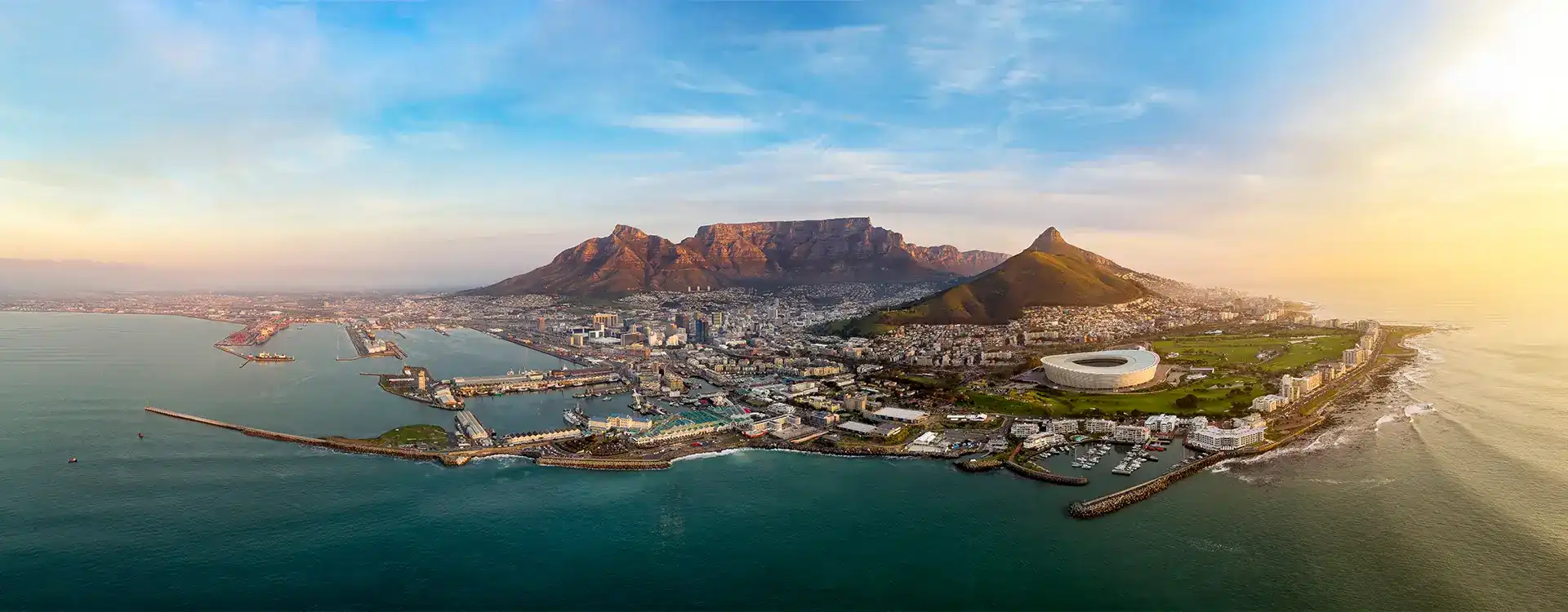
Posted on: 21st February 2025
South Africa's Banking Landscape in 2025
South Africa's banking sector is well-known for its strength and resilience.
Institutions like Standard Bank Group consistently rank as Africa's top bank. In fact, South Africa boasts four banks among the top ten on the continent.
Despite its robust reputation, South Africa has witnessed 14 banks placed into curatorship since 1990. Two of those banks have been placed into curatorship twice, further highlighting a system that is not immune to failure.
What is curatorship?
Curatorship is a process where the South African Reserve Bank (SARB) appoints an independent person to manage a bank facing financial difficulties. This person is called a curator.
This aims to protect depositors and maintain stability in the financial system. Unfortunately, the chances of a bank recovering once it's under curatorship are often slim.
Notable cases
South Africa has experienced several bank failures over the past few decades.
Notable instances include African Bank in 2014. The bank faced liquidity issues due to unsecured lending practices.
The SARB, Government Employees Pension Fund (GEPF), and five other South African banks intervened with an R10 billion bailout.
The plan to save the bank worked. African Bank—now rebranded to Africanbank— did stabilise.
Since running into trouble, Africanbank has gone on to buy business bank Grindrod in 2022. In late 2024, the group acquired Sasfin Bank's Capital Equipment Finance and Commercial Property business for around R3.25 billion.
However, its shareholders incurred substantial losses. The SARB took an especially big financial hit. The central bank announced a loss of R982 million due to its investment .
Not all banks are lucky enough to come out the other side. VBS Mutual Bank was placed under curatorship in 2018 following a significant fraud scandal.
More recently, in 2023, Habib Overseas Bank was placed under curatorship due to governance challenges.
The SARB said this action was specific to Habib Overseas Bank and not indicative of broader systemic issues within South Africa's banking sector.
Safeguards
South African customers now have a layer of protection against bank failures. The SARB introduced the Corporation for Deposit Insurance (CODI).
This initiative aligns South Africa with other G20 nations. It serves as the country's Deposit Insurance Scheme (DIS) and safeguards banking customers in the event of a bank collapse.
While the introduction of CODI is welcome news, it does not provide enough protection for specific types of clients — namely high-net-worth individuals (HNWIs).
The scheme only safeguards R100,000 of a depositor's money. Anything over that amount is not covered.
Strong but not immune
These events underscore an important message. While South Africa's banking sector remains strong, it is not immune to challenges.
The closure of 14 banks over the last few decades highlights the importance of managing and protecting your money.
At Holborn, we offer independent financial advice and wealth management solutions. We work with clients, providing bespoke guidance to help them reach their financial goals.
Take a proactive approach to wealth management. Speak to one of Holborn's financial specialists today to learn how we can help you.
Need professional financial advice?
We have 18 offices across the globe and we manage over $2billion for our 20,000+ clients



